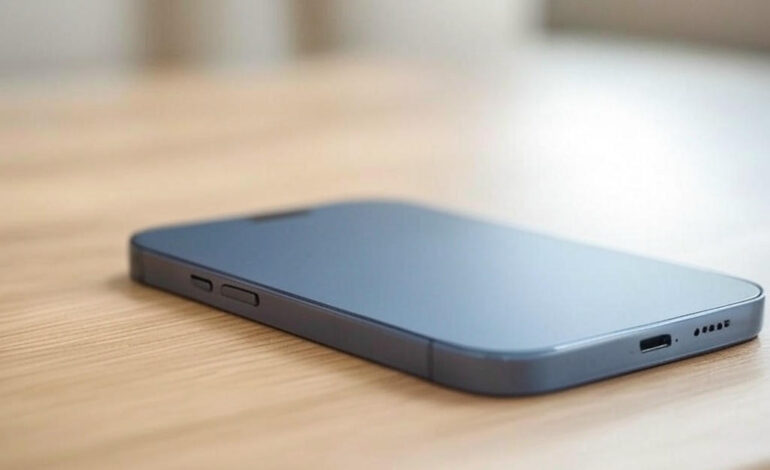
When planning a hiking trip, your checklist likely includes boots, water, snacks, a map, and maybe a compass—but in today’s digitally connected world, there’s one more item that’s become increasingly essential: a power bank.

Gone are the days when hiking meant complete disconnection. Smartphones now double as GPS devices, cameras, emergency communication tools, and even weather monitors. But all of that functionality depends on one thing—battery life. That’s where power banks come in.
In this article, we’ll explore the many ways a power bank is incredibly useful during hiking, how to choose the right one, and tips for making the most out of it on the trail.
🏞️ Why Power Banks Are Essential on Hikes
1. Navigation and GPS
One of the most common uses for a smartphone on the trail is navigation. Apps like AllTrails, Gaia GPS, and Google Maps can help hikers find trails, avoid getting lost, and track their progress. However, these apps are battery-intensive, especially when your phone is constantly using GPS in areas with poor signal.
A power bank allows you to:
- Keep your GPS running for multi-day hikes.
- Rely on offline maps without fear of running out of battery.
- Avoid the risk of being stranded without a navigation tool.
2. Emergency Communication
Your phone is your lifeline if something goes wrong on the trail. Whether it’s a medical emergency, a wildlife encounter, or getting lost, you may need to:
- Call for help (if signal is available).
- Send a location pin to friends or rescue teams.
- Use emergency beacon apps or satellite messaging (with compatible devices).
Even if you’re carrying a satellite communicator or walkie-talkie, having a powered-up phone as a backup is always smart.
3. Photography and Videography
For many hikers, capturing the beauty of the trail is half the fun. But shooting 4K videos, time-lapses, or long exposure photos can drain your battery quickly. A power bank keeps your devices alive for:
- Stunning sunset shots.
- Wildlife encounters.
- Recording travel vlogs or nature reels.
If you’re hiking as a content creator or travel blogger, this is especially important.
4. Weather and Safety Monitoring
Modern hikers often use apps to check real-time weather forecasts, UV levels, or even air quality readings—critical for safe travel in unpredictable environments. A drained battery means you’re blind to incoming storms, heatwaves, or sudden changes in trail conditions.
Power banks ensure you can:
- Get weather alerts instantly.
- Make informed decisions based on environmental conditions.
- Avoid dangerous situations caused by being uninformed.
5. Flashlight and Headlamp Backup
While dedicated flashlights or headlamps are preferable, your phone can act as an emergency light source. A charged phone allows you to use:
- The flashlight feature.
- Night vision apps or digital compasses.
- Signaling lights for SOS situations.
When hiking at dusk or if delayed unexpectedly, this can literally light the way to safety.
Choosing the Right Power Bank for Hiking
Not all power banks are created equal. Here are key factors to consider when choosing one for your hiking adventure:
1. Capacity (mAh)
Measured in milliamp-hours (mAh), this determines how many times you can charge your device.
- 10,000 mAh: Great for day hikes; can charge a phone 2–3 times.
- 20,000 mAh or more: Ideal for multi-day hikes or group trips; can charge multiple devices several times.
2. Weight and Portability
Weight is critical when hiking. The best power banks balance capacity with portability:
- Look for power banks under 500g (1 lb) for longer treks.
- Compact designs with rounded edges pack more easily into side pockets.
3. Durability
Your power bank should withstand the outdoors:
- Choose rugged or waterproof models for harsh conditions.
- Look for shockproof casings and dust resistance.
4. Charging Speed
Look for:
- Fast-charging USB-C or Power Delivery (PD) ports.
- Multiple output ports if you’re charging a phone and a GoPro or headlamp.
5. Solar Charging Option
Some hikers opt for solar power banks, which include small panels to recharge during daylight hours. While they’re slower to charge, they offer a backup energy source for longer expeditions.
Best Practices for Using Power Banks While Hiking
Once you’ve got the right power bank, using it efficiently will maximize its value on the trail.
1. Pre-Charge Fully
Always fully charge your power bank before the hike. If possible, test how many times it charges your phone before relying on it in the field.
2. Turn On Airplane Mode
When not using GPS or calling, switch to airplane mode to conserve battery. This reduces phone energy consumption and stretches your power bank’s usability.
3. Use Power-Saving Features
Most smartphones have power-saving or low-battery modes. Enable them while charging or hiking to reduce drain.
4. Bring the Right Cables
Pack durable, tangle-free charging cables. Consider short-length cables (e.g., 6 inches) to minimize clutter in your backpack.
5. Protect from the Elements
Keep your power bank in a dry bag or zippered compartment to protect it from rain or accidental drops. Avoid direct sunlight or freezing temperatures, which can degrade battery performance.
🌄 Real-Life Hiking Scenarios Where Power Banks Save the Day
Scenario 1: Lost on the Trail
A solo hiker in the Rockies used their phone’s GPS to navigate a new trail, but their battery dropped below 10% halfway through. Fortunately, they had a 10,000 mAh power bank that recharged their phone enough to find the path and call for assistance.
Scenario 2: Group Trek in Yosemite
A group of hikers spent three days camping in Yosemite. With multiple phones, GoPros, and a drone in use, a 26,800 mAh power bank with dual outputs helped keep all devices charged—and memories recorded.
Scenario 3: Storm Warning in the Alps
A hiker using a weather app got a storm alert mid-day and turned back early. Without a charged phone, they would have been unaware and possibly stranded in dangerous conditions.
Alternatives and Add-Ons
While power banks are crucial, combining them with other gear can increase safety and convenience:
- Solar Panels: Foldable solar panels can charge your power bank during the day.
- Battery Cases: Cases with built-in batteries extend phone life without extra cables.
- Headlamps with Rechargeable USB Ports: Reduce your dependence on disposable batteries.
Final Thoughts: Don’t Hike Without One
A power bank may seem like a simple piece of tech, but in the context of hiking, it becomes a multi-functional lifeline. It supports safety, connectivity, navigation, and creativity, all while adding minimal weight to your pack.
Whether you’re on a weekend hike through local hills or a week-long backcountry trek, a reliable power bank gives you one less thing to worry about—and in the wild, that peace of mind is priceless.
So before your next adventure, ask yourself: Can you afford to hike without power? If the answer is no, you know what to pack.
Would you like this content turned into a YouTube video script, infographic, or Instagram carousel?

